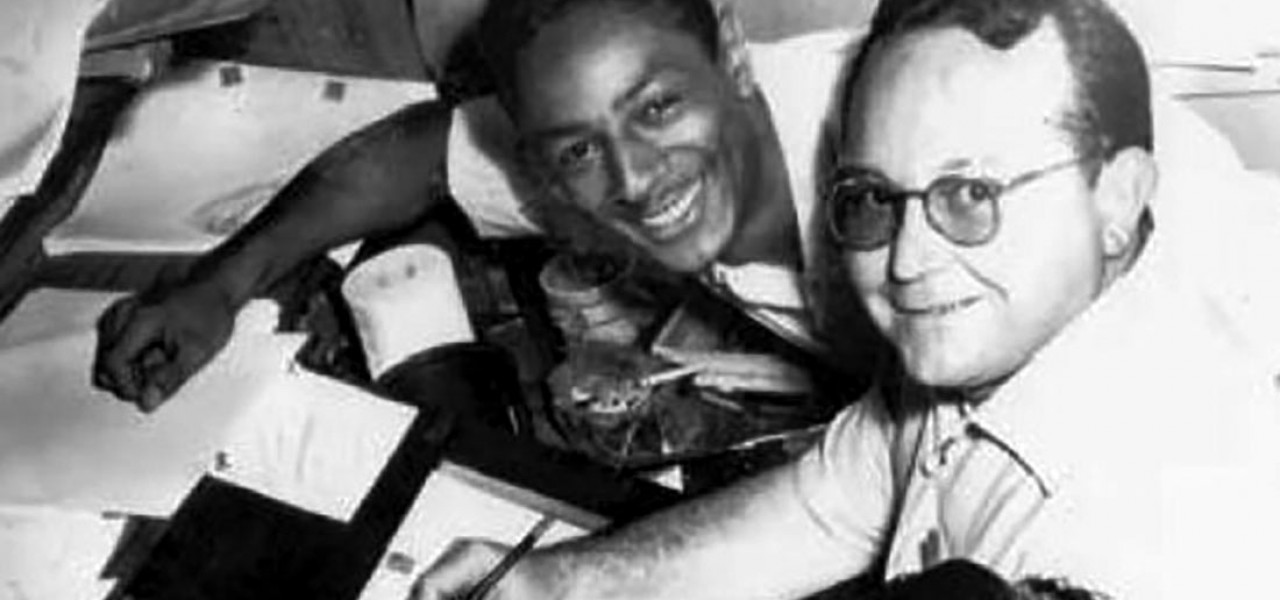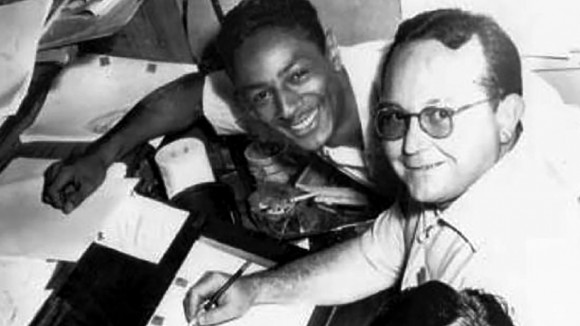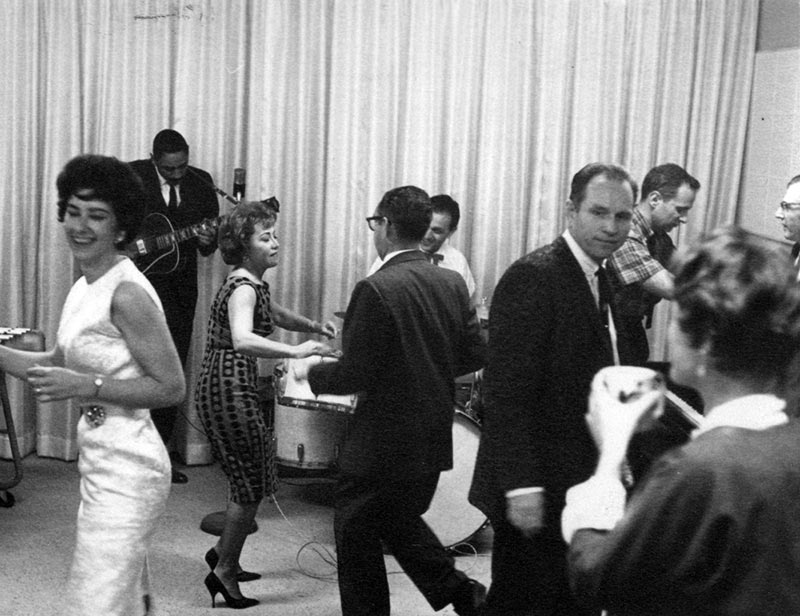

The Remarkable Life of Frank Braxton, Hollywood’s First Black Animator
“He was our Jackie Robinson,” Disney animation artist Floyd Norman has said of Frank Braxton.
Frank C. Braxton, Jr. (1929-1969) is a trailblazing figure in animation history who holds the unique distinction of being the first black animator hired at both Disney and Warner Bros. It’s worth remembering how he got his start in the animation industry.
His early history in animation is mysterious. We know that he was hired at Disney in the early-1950s, and that he was let go within a few months. Little else is known about his time at the studio, but Disney trainees often didn’t make it through the training period at the studio.
Braxton’s animation career picked up again shortly thereafter at Warner Bros. How he ended up at that studio is a story worth retelling. Braxton was taking singing classes with Lee Wintner at Los Angeles City College, where he met another student, Ben Washam, who was at the time an animator in Chuck Jones’ unit at Warner Bros.
Braxton was thrilled to meet a professional animator and took the opportunity to show Washam his portfolio. The Arkansas-born Washam, who himself had to deal “with the discrimination against Okies and hillbillies in Southern California,” according to a relative, was deeply committed to labor causes and took it upon himself to ensure that Braxton would get hired at Warner Bros.
Warner Bros. had never hired a black animator and there were no black animation artists working in the industry at the time, so Washam came up with a simple but brilliant ruse. As he later recounted to colleagues like Phil Roman, Washam went to the studio head Eddie Selzer and said, “I hear Warner Bros. has a racist policy and refuses to hire Negros.”
Selzer was offended. “What are you talking about!” he retorted. “Whoever said that is a damn liar!”
“Good,” said Washam. “I found a young black animator who’s looking for a job, and I’m hiring him as my assistant.”
And just like that, animation changed forever, and Braxton became an assistant to Washam in Chuck Jones’ unit. We don’t have a record of which shorts Braxton worked on, but based on the period that he was the studio, starting most likely around 1954, we can safely guess that Braxton contributed to such Warner Bros. classics as From A to Z-Z-Z-Z, One Froggy Evening, and Broom-Stick Bunny. Braxton and Washam are pictured in the photo at the top of this piece.
Braxton left Warner Bros. as a journeyman animator, and found success throughout the industry, working at MGM on theatrical Tom & Jerry shorts, Jay Ward Productions on The Bullwinkle Show and George of the Jungle, Format Films on The Alvin Show, John Hubley’s Storyboard Productions on the short Urbanissimo, and Bill Melendez Productions on the Peanuts specials.
When Braxton became president of the Screen Cartoonist’s Guild in 1960, he made more film history, becoming one of the first – if not first – black person to be elected president of any film union in Hollywood. Braxton’s mentor Washam, who had been a two-term union president himself, no doubt encouraged Braxton to become involved in the union.

In a written tribute, Floyd Norman recalled the immense pressure that Braxton felt, both internally and externally:
Frank could be merry and fun to be around, but he was also compelled to succeed. It was inevitable in such a complicated art form, combining acting and good drawing that Frank would occasionally fall on his face. When that happened, and it wasn’t often, he would be plunged into despair. He couldn’t tolerate failure. It was then [that director Bill] Hurtz became aware of the pressures that Frank, as the first black in the animation business was under. When he told Frank that his work was good, it wasn’t enough. [Frank] wanted it to be the best. As a result, Frank would work and rework a scene of animation to achieve perfection. This drive for excellence meant he could not turn out as much work as his associates because he wouldn’t turn in a scene until it was right. He was, understandably, extremely sensitive to criticism. After all, he had a lot at stake.
He would caution us about our cheery optimism, and made us aware of the “sharks” that inhabited the “tanks” of the Hollywood studios. He was also impatient with the lack of progress besetting people of color in the business. There were no black directors, producers or department heads. Frank was not a bitter man, but it was clear he was growing impatient. I think this impatience with American animation led him to try his hand working abroad. Frank had the opportunity to animate in a cartoon studio in Spain. The company was [Estudios Moro] in Barcelona. After a year or so, Frank returned to the States. The European experience had made a difference. For the first time in his life he felt free, and enjoyed the absence of prejudice. Now Frank was energized.
Braxton’s story ended tragically. He was in the prime of his career when he died from cancer in 1969, at the age of 40. But he made a lasting impact on the art form, and his career opened doors for countless others. By the mid-1960s, the first black-owned animation studio, Vignette Films, had opened in Hollywood, started by Floyd Norman, Leo Sullivan, Richard Allen, and Norm Edelen. Ron Husband was hired at Disney in 1975, and would go on to become the first black supervising animator on a Disney animated feature.
Braxton would scarcely recognize the animation studios of today, especially the larger ones, which can look like the United Nations, with artists from all over the world working together toward a common creative goal. The industry is far from perfect – inclusivity in all aspects of the creative process remains a problem, both for black artists and others. But much progress has been made since Braxton’s era.
As the industry grows every year, it’s nice to take a step back and celebrate Frank Braxton as one of our art form’s pioneering figures. We should also celebrate Ben Washam, who had the insight nearly 65 years ago that animation is a richer art form when more voices are included in the process.
